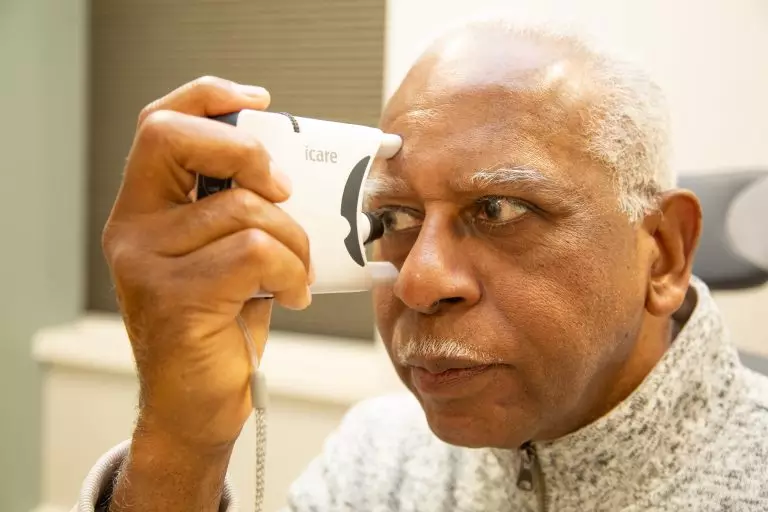Diabetes can cause changes in nearsightedness, farsightedness and premature presbyopia, which is the inability to focus on close objects, fluctuating or blurry vision, occasional double vision, loss of visual field, and flashes and floaters.
Diabetic retinopathy occurs when there is a weakening or swelling of the tiny blood vessels that nourish your eye’s retina, which is the delicate, light-sensitive lining of the back of the eye. You may notice a cloudiness of vision, blind spots, or floaters as the disease progresses or it may produce no visual symptoms at all. It may be treated with laser therapy in its early stages, but surgery may be necessary to preserve sight in other cases.
The best way to prevent vision loss is to maintain control of your diabetes. See your physician regularly and follow her/his instructions about diet, exercise, and medication.

The UEC has optometrists and ophthalmologists on staff as well as a robust network of referring providers. Treatment options include laser therapy or surgery.
What can a patient do at home to manage the condition / disease or prevent it?
To learn more, visit: https://www.niddk.nih.gov/health-information/diabetes/overview/preventing-problems/diabetic-eye-disease